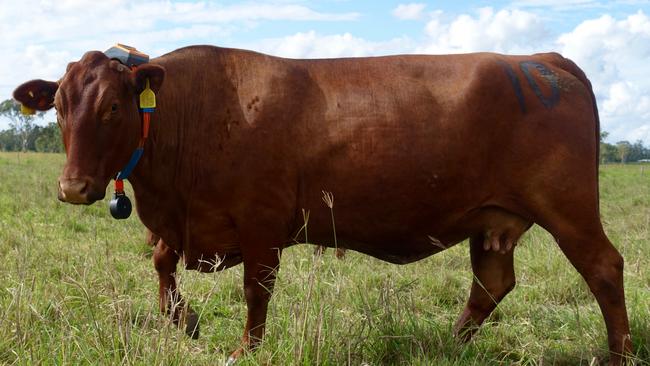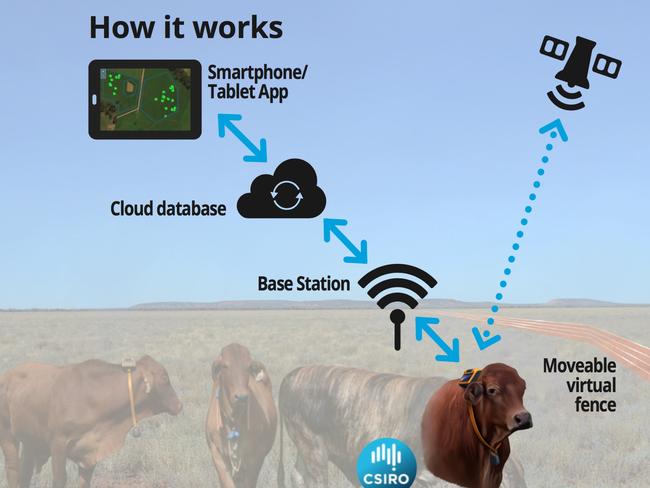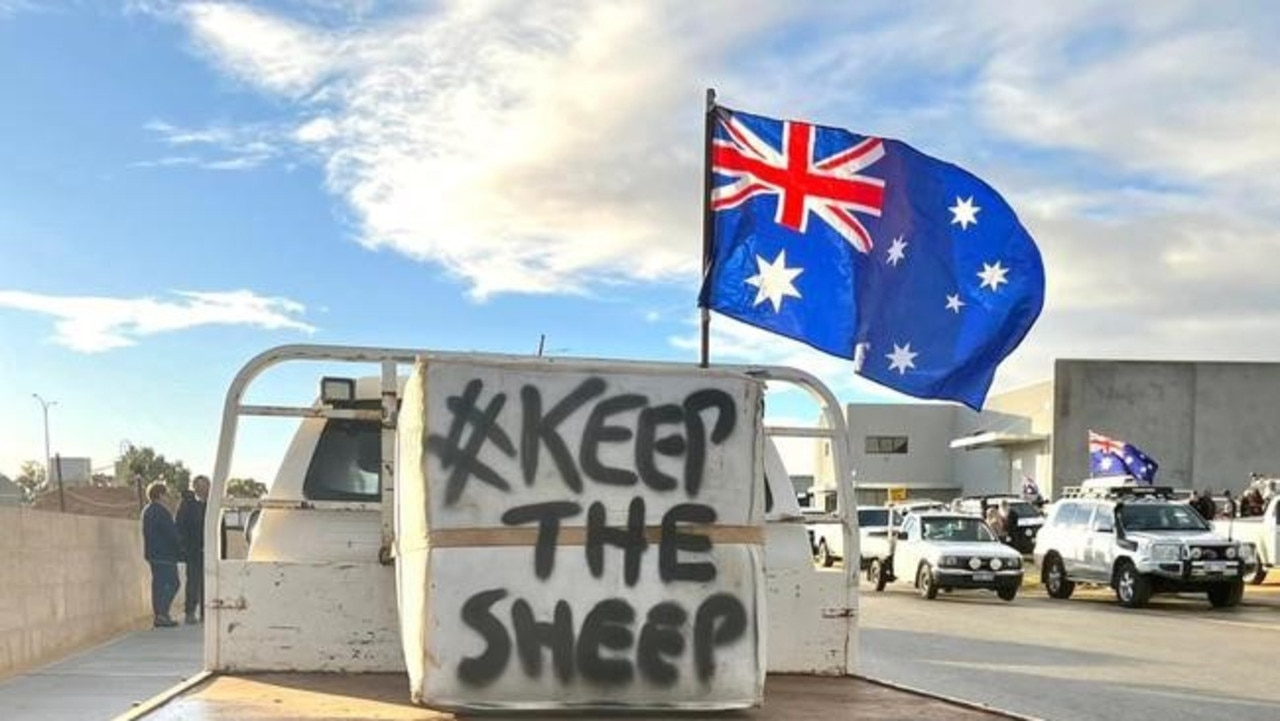Virtual fencing of livestock: NSW farmers one step closer to rollout
Farmers have welcomed a multi-party parliamentary committee’s recommendation to roll out virtual fencing in NSW.

The NSW Government is one step closer to allowing farmers to virtually fence their livestock.
A multi-party parliamentary committee this week recommended amendments to the state’s Prevention of Cruelty to Animals Act or regulations be adopted to remove the current prohibition on the GPS-enabled electronic collars used in virtual fencing.
The collars use sound, vibration and mild electric pulses to teach cattle to avoid virtual fences, which farmers can move metre by metre using an app on their mobile phones.
Independent Member for Orange Mr Philip Donato first proposed amending the NSW POCTA to allow virtual fencing in February, which was then referred to a legislative committee to seek public opinion on the issue.
The committee, chaired by Shooters, Fishers and Farmers MP Roy Butler and on which Government Labor and Opposition Liberal MPs sat, reported back to parliament this week, recommending the government “legalise virtual stock fencing by amending the POCTA and review these amendments two years after their commencement to ensure they are fit for purpose.
“Throughout the inquiry it was clear the technology provides numerous benefits to farmers including better pasture and grazing management, cost savings from reducing the need for physical fences, increased labour productivity and reduced exposure to work health and safety issues”.

As for animal welfare groups’ concerns the committee recommended the NSW Department of Primary Industries and Regional Development develop a mandatory code of practice for virtual fencing.
“The code of practice would prescribe in detail what characteristics are permissible in the design of the technology, including the strength of the electrical stimulus, the weight of the device and the ability to monitor and alert critical welfare data,” the committee reported.
Farmers in the Northern Territory, Queensland and Tasmania and Western Australia already have access to virtual fencing to confine, track and monitoring livestock.
But NSW, along with South Australia. the ACT and Victoria currently only allow virtual stock fencing under permit for trials purposes.
NSW Farmers Association dairy committee member Robert McIntosh said it was imperative the state government acted quickly to adopt the committee’s recommendations to ensure farmers could make use of the technology.
“Legalising virtual fences and working with industry to develop a code of conduct guiding the use of this technology are the next two key steps we must see the NSW Government take action on now, so we can start reaping the rewards of these fences sooner rather than later,” Mr McIntosh.
“Virtual fences are the way of the future for many farmers, and so we stand ready to help get this technology rolled out and in action across the state.”




